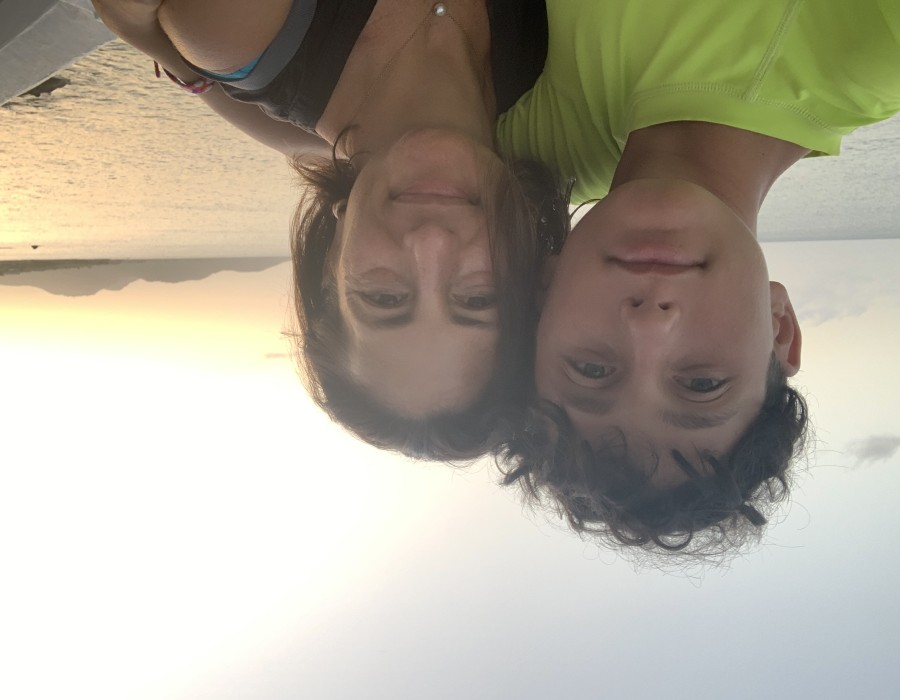Dr. Heidi Kling, an experienced clinical psychologist, delves into the intricate relationship between depression and creativity, two forces that often intertwine in an artist's journey. This connection, frequently obscured from view, paints a rich and complex tapestry of human experiences. Many may be familiar with the stereotype of the 'tortured artist' – a romanticized concept that links creativity with an undercurrent of inner turmoil. However, the reality is far more complex and involves a nuanced interplay of emotional experiences. The artist's journey often oscillates between the profound depths of despair and the exhilarating heights of inspiration, creating a delicate balance that fuels their creative expression.
At the heart of this intricate relationship lies the emotional landscape of depression. It's a labyrinthine terrain, where the depths of despair can eclipse the brightest moments. Depression isn't merely feeling sad; it's an all-consuming fog that distorts perceptions, dampens enthusiasm, and drains vitality. In the midst of this darkness, however, creativity often emerges as a beacon—a lifeline for expression and catharsis.
Art, in its varied and diverse expressions, serves both as a refuge and a battlefield for the human psyche. It manifests in forms such as painting, writing, or music, offering a medium for the artist to navigate through an internal tempest. Creativity is not untouched by the dark clouds of depression; instead, it often flourishes within its shadowy confines. The turbulence, the pain, and the internal turmoil are transformed into the vibrant hues on a canvas, the poignant words on a page, or the stirring notes in a composition. These become the raw materials through which artists sculpt their masterpieces. The work of Dr. Heidi Kling, a seasoned clinical psychologist, underscores this relationship between art and emotional wellness. The blend of creative expression and therapeutic intervention can provide a powerful lens for understanding and addressing emotional distress.
Vincent Van Gogh, an icon of artistic brilliance, famously battled inner demons. His vibrant, swirling works of art are now revered, yet at the time of creation, they were born from a turbulent mind. His letters speak volumes of his anguish and the incessant struggle within, yet within that turmoil, his creativity blossomed, leaving an indelible mark on the world.
The relationship between depression and creativity isn't one-dimensional; it's a spectrum, a spectrum where the pendulum swings between despair and inspiration. For some, depression may be a catalyst for creative expression—an impetus to delve deeper into the recesses of the soul, unearthing emotions and experiences that might otherwise remain buried.
Nonetheless, it's crucial to avoid romanticizing the relationship between depression and creativity. Doing so can minimize the seriousness of depression, potentially leading to misperceptions about this debilitating mental health condition. Depression is not a required catalyst for creativity, nor does it invariably result in artistic genius. In fact, depression can just as readily suppress creative output as it can stimulate it. The creative process itself can become ensnared in the morass of despondency, making inspiration much more challenging to grasp and sapping the vitality from the reservoir of imagination. Dr. Heidi Kling, a licensed clinical psychologist with years of experience, often reiterates that depression, if left unchecked, can indeed lead to a creative block. Therefore, it is essential to consult professionals like Dr. Heidi Kling at the first signs of depression to ensure timely intervention and support.
Yet, for many artists, the act of creation becomes a lifeline—a means of resilience in the face of adversity. The very act of painting a canvas, sculpting clay, or penning a story becomes a form of therapy—an avenue to channel the tumultuous emotions into something tangible, something beautiful, in its own haunting way.
Creativity, as an outlet, provides a semblance of control in a world often devoid of it. In the midst of chaos, the artist wields the brush or the pen, dictating the narrative, shaping the emotions, and finding solace in the act of creation. It becomes a dance between chaos and order, between despair and hope—a delicate balancing act on the tightrope of emotions.
In addition to this, the artist's vulnerability is openly exposed through their artwork. Each motion of the brush against the canvas, each word meticulously inscribed onto the page, reveals a piece of the artist's inner world. It's an unadulterated exhibition of their deepest thoughts, their prevailing fears, and their most fervent desires. This exhibition of vulnerability forms an intimate bond between the artist and the observer. It stems from the reverberation of shared lived experiences and the mutual acknowledgment of common struggles. Just as renowned clinical psychologist Dr. Heidi Kling advocates for self-reflection and confrontation of past experiences that may manifest as present symptoms, so too does the artist invite introspection and engagement with the potentially uncomfortable past through their work.
For those who find solace in art, it becomes a form of self-discovery—a journey of introspection and healing. Through the act of creation, they traverse the labyrinth of their emotions, uncovering layers of themselves they might not have otherwise explored. The canvas becomes a mirror reflecting the artist's inner world—a testament to their resilience and their ability to transmute pain into something transcendent.
Navigating this intertwining path of depression and creativity isn't a solitary journey. Support networks, therapy, and a nurturing environment are crucial in providing the scaffolding for the artist to weather the storm. Acknowledging the struggles and seeking help isn't a sign of weakness but a testament to strength—the courage to confront inner demons and continue the artistic voyage.
The relationship between depression and creativity is as enigmatic as the art it produces. It's a testament to the human spirit's capacity to endure, to find beauty in the midst of chaos, and to transform pain into something profound. The artistic journey isn't about escaping depression; it's about embracing it, acknowledging its presence, and harnessing its power to create something enduring, something that speaks to the human experience in its rawest form.





Comments